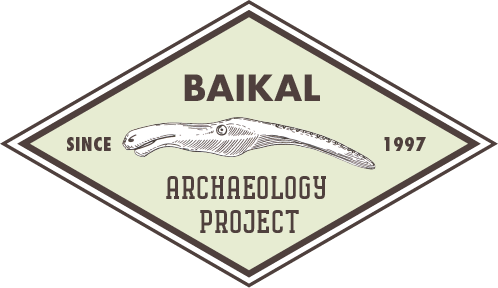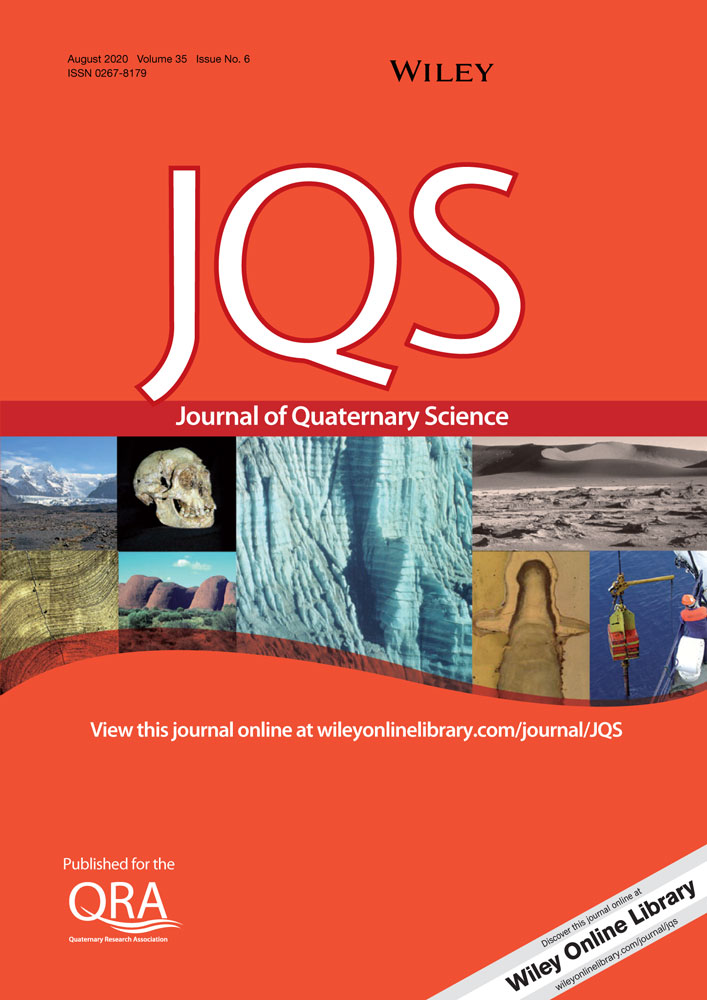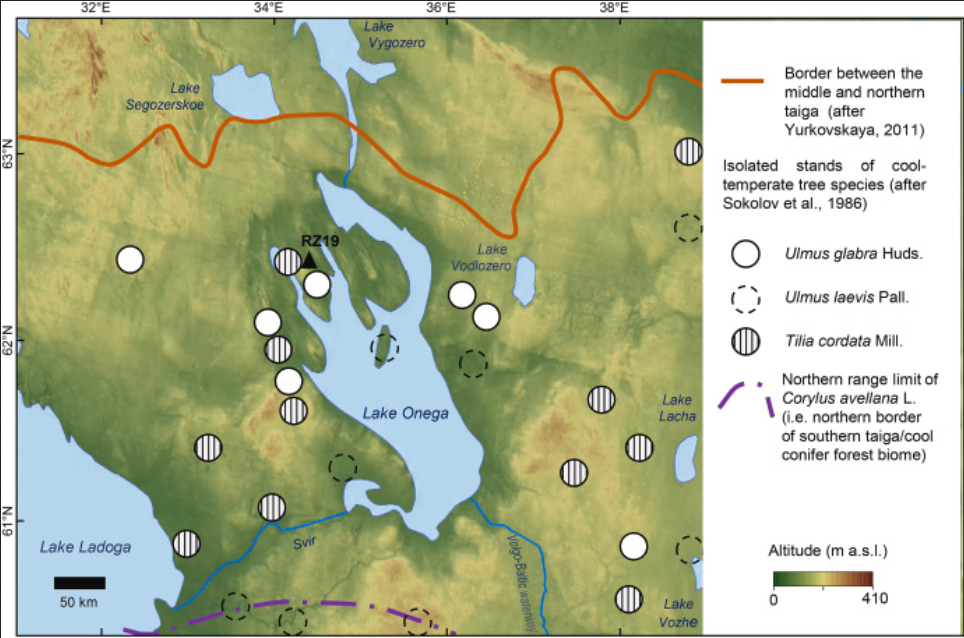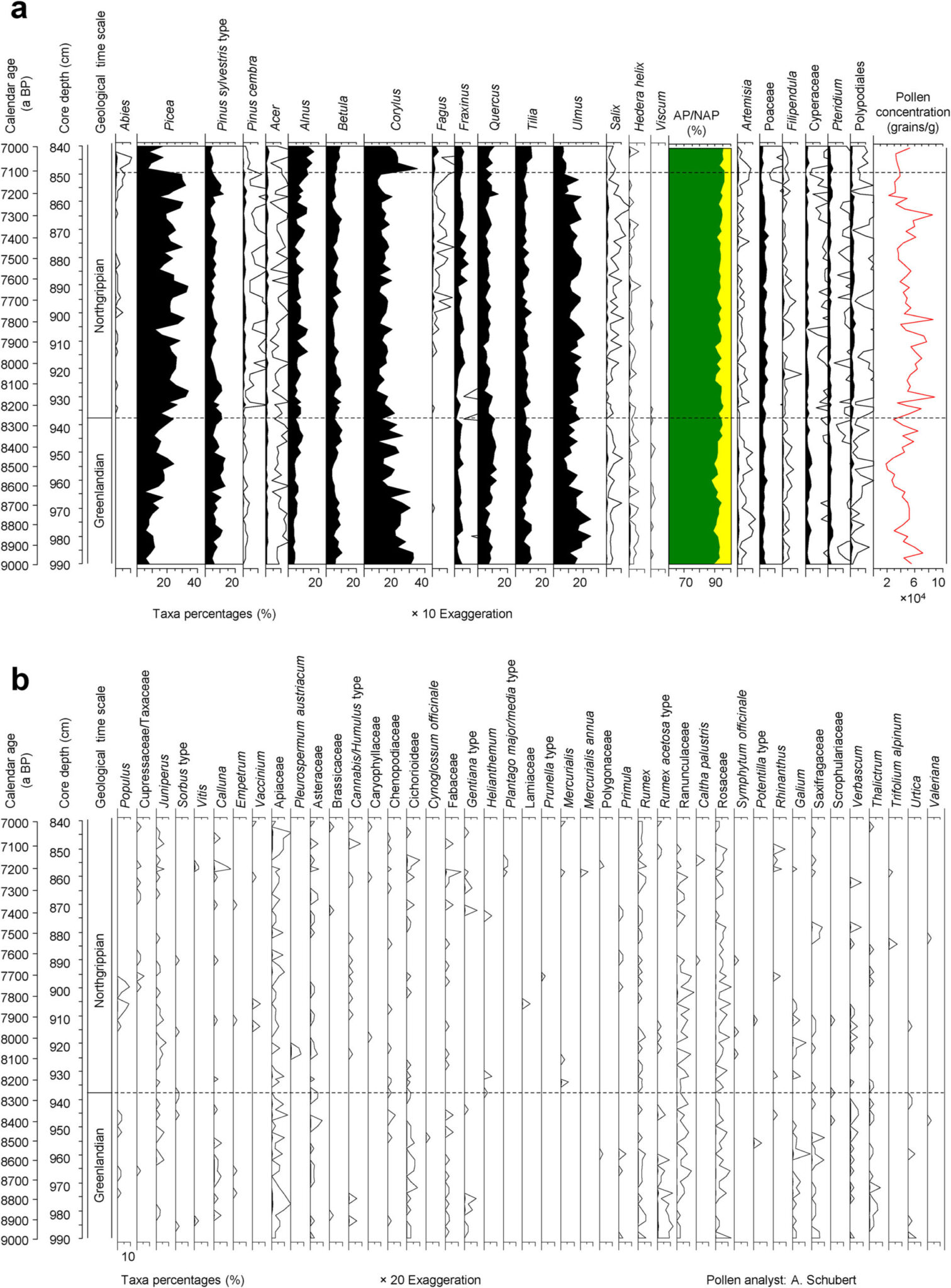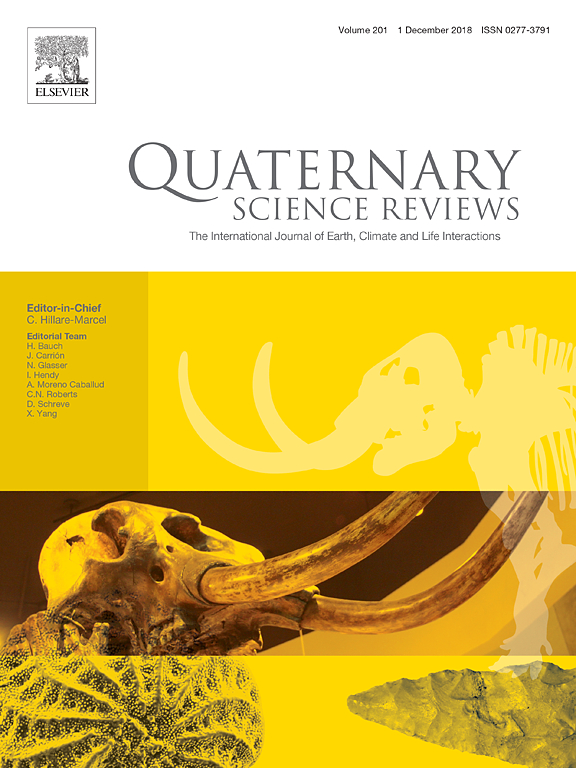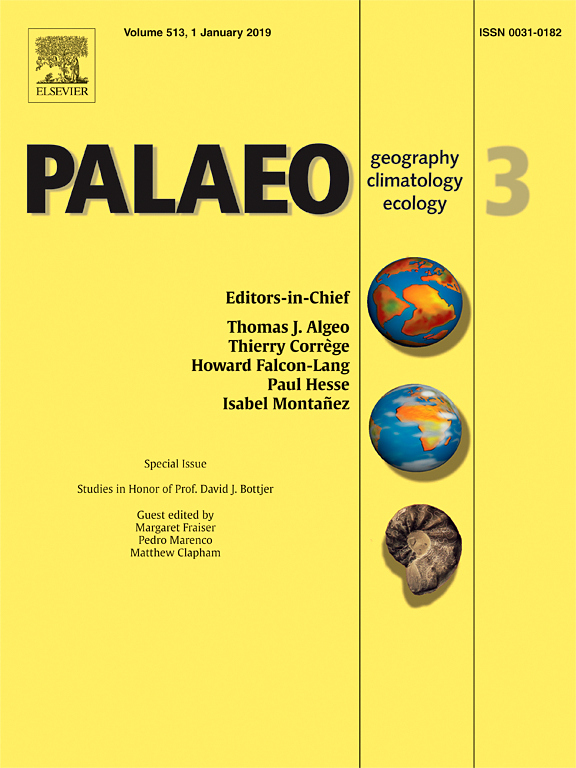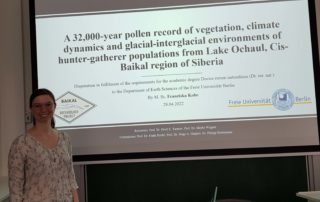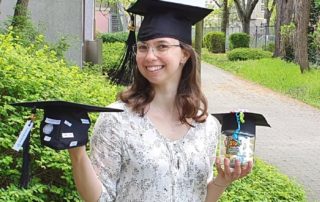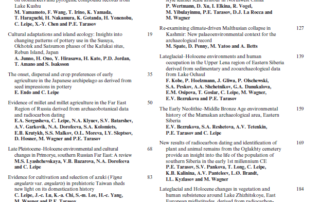Linda-Helen Habermann passes BSc Thesis!
Congratulations to Linda-Helen Habermann (Freie Universität Berlin) for successfully passing her BSc Thesis! She was supervised by Prof. Pavel Tarasov in the Palaeontology division of the Institute of Geological Sciences, at Freie Universität Berlin. Her BAP-related thesis was entitled "Pollen analysis as an effective approach for stratigraphic and chronological correlation: A case study of two sediment cores from Lake Ochaul, Cis-Baikal Siberia". Both Reviewers gave her the highest Note 1. Read about her research here Congratulations to Linda, who [...]

